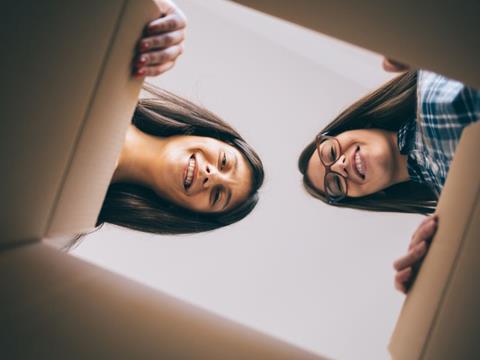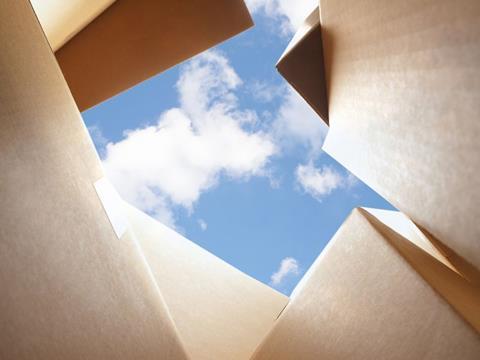
Angelika Christ, Fefco’s Secretary General, explores the circular economy potential of the humble cardboard box and gives advice on how to optimally dispose of it.
By now, almost everyone is familiar with this scene: The mailman arrives with a package. It contains something you ordered online, something you’ve been waiting for. In the moment you pull open the flap, there comes an intense few seconds of anticipation and joy—you’re connected to the box as much as you are to whatever it holds.
But then, after you’ve unboxed whatever you purchased, something changes. The cardboard packaging that kept your product safe in transport all along the supply chain and played an integral part in your experience, suddenly becomes obsolete. Now, it is simply trash you must dispose of. It may even be frustrating. Do you fold it, cut it up, tear it? What comes now?
Herein lies an opportunity. In fact, making the right choice in this moment we all know and experience can give consumers the chance to play an active role in protecting the environment, one that is vital for the implementation and success of the circular economy.
Unfortunately, many consumers have no idea about this fact. In the moments of unboxing, cardboard and other paper-based packaging often play the role of delighting—packaging is playing a bigger and bigger role in building brand recognition and relationships with customers in the e-commerce world. But after that initial moment, simply put, the packaging becomes trash, something to stuff down in the waste bin.
On the contrary, used cardboard and other paper-based packaging is far from trash. If put in the right bin after use, cardboard can be recycled numerous times and turned back into fresh new material, ready to be used again.
This process, which is the ideal manifestation of the circular economy, is the perfect way for all of us consumers to play an active role in protecting the environment. After all, cardboard is bio-based, bio-degradable, and recyclable. This means that the source material for cardboard is valuable, and even if (rarely) cardboard ends up in the environment, unlike plastic, it will biodegrade and never harm animals, ecosystems, or the environment broadly.

But it’s time for all of us to make a concerted, focused effort to make these facts known broadly and to do the right thing with packaging ourselves and spread the word to our communities. No longer is it feasible to ignore environmental needs. No longer is it possible to go on the way we have in the past. Cardboard, though, offers a clear option to make the right environmental choice.
To answer the question we posed at the beginning. What do you do after you’ve unboxed something that arrived in the mail? The answer is simple. Flatten the box, set it aside (when flat, it takes up hardly any space), and when you’re ready, simply put it in the right bin.
In nearly every European city, buildings are equipped with several bins. Simply find the one that is intended for cardboard and put it in. At that moment, you’ve started the process for that packaging to become fresh, new material—and it can happen again and again. It’s these small actions that, when done many times and by many people, can truly make a good impact and lead to the environmental protection we all want to see.
















